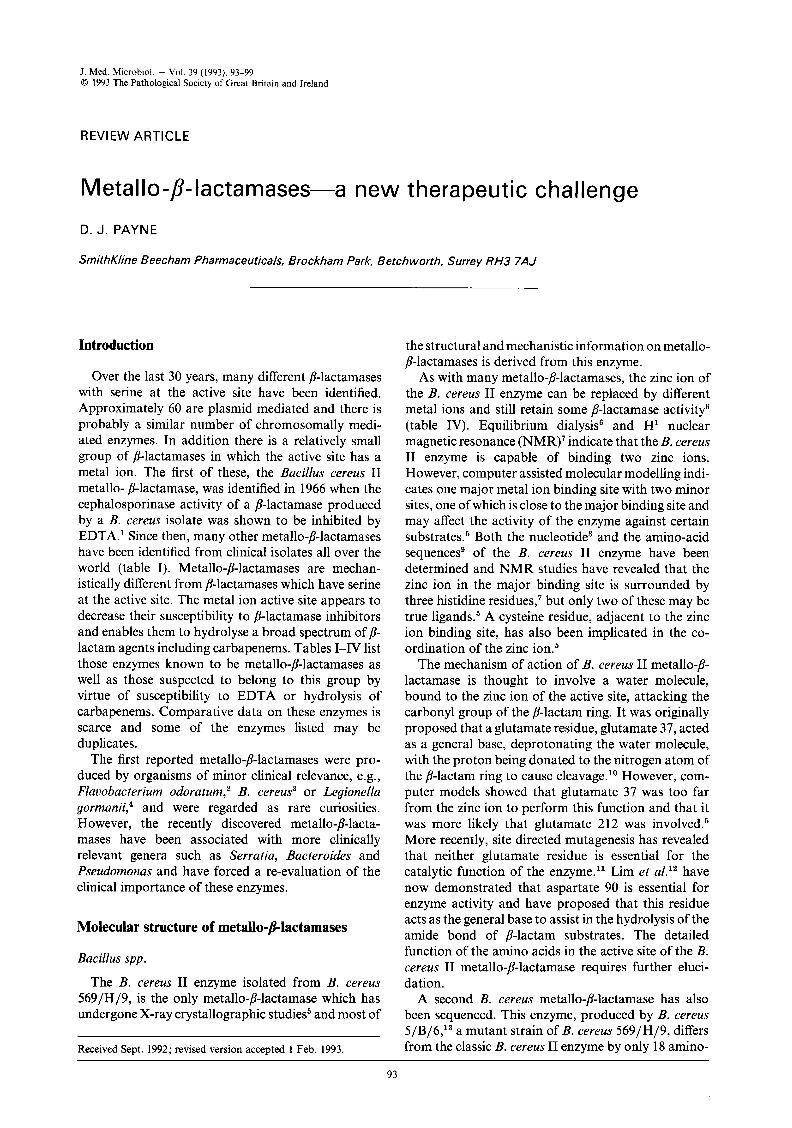
Full text loading...

Metallo-β-lactamases—A New Therapeutic Challenge, Page 1 of 1
< Previous page | Next page > /docserver/preview/fulltext/jmm/39/2/medmicro-39-2-93-1.gif
There is no abstract available.

Article metrics loading...

Full text loading...
References


Data & Media loading...
